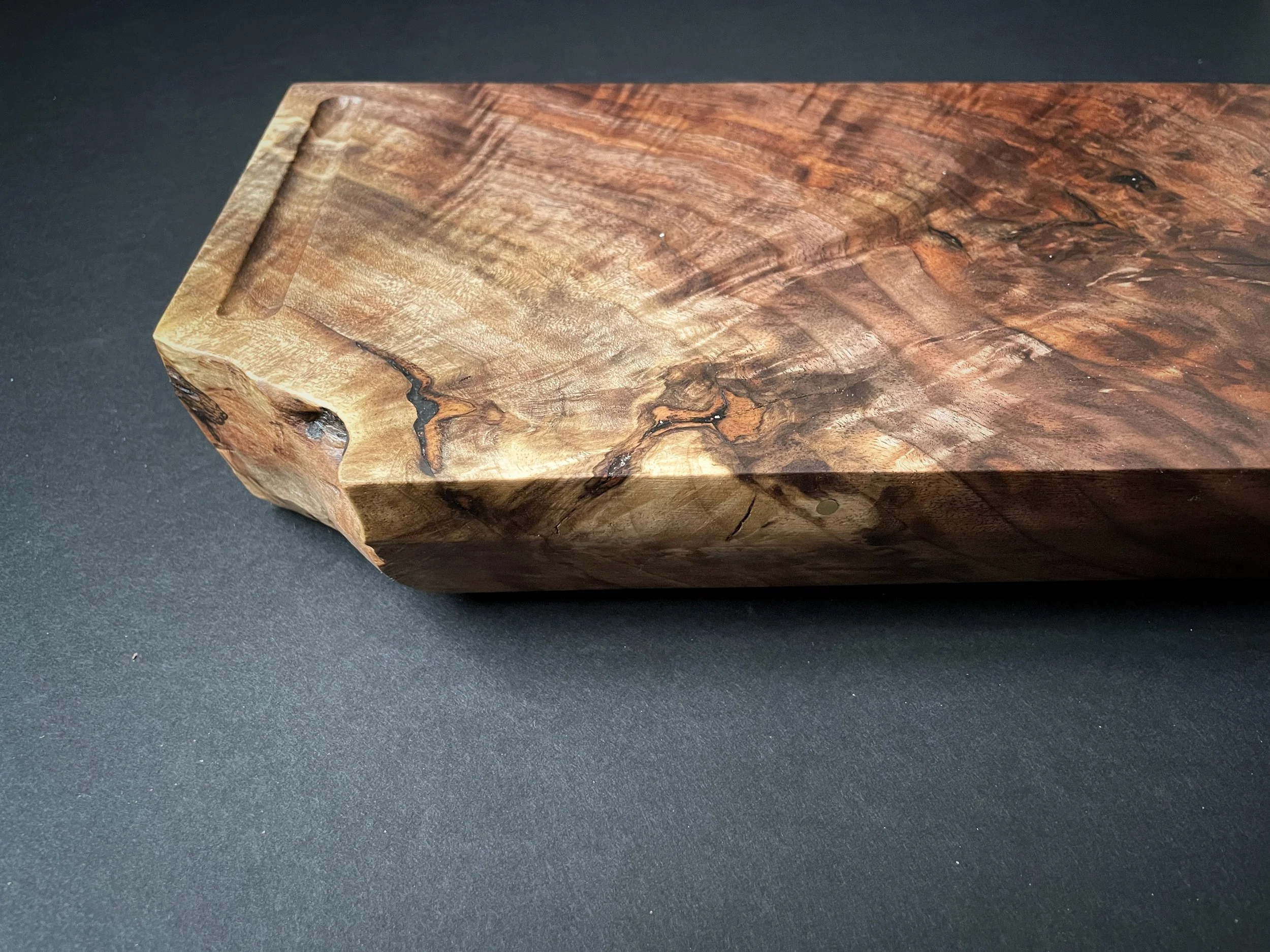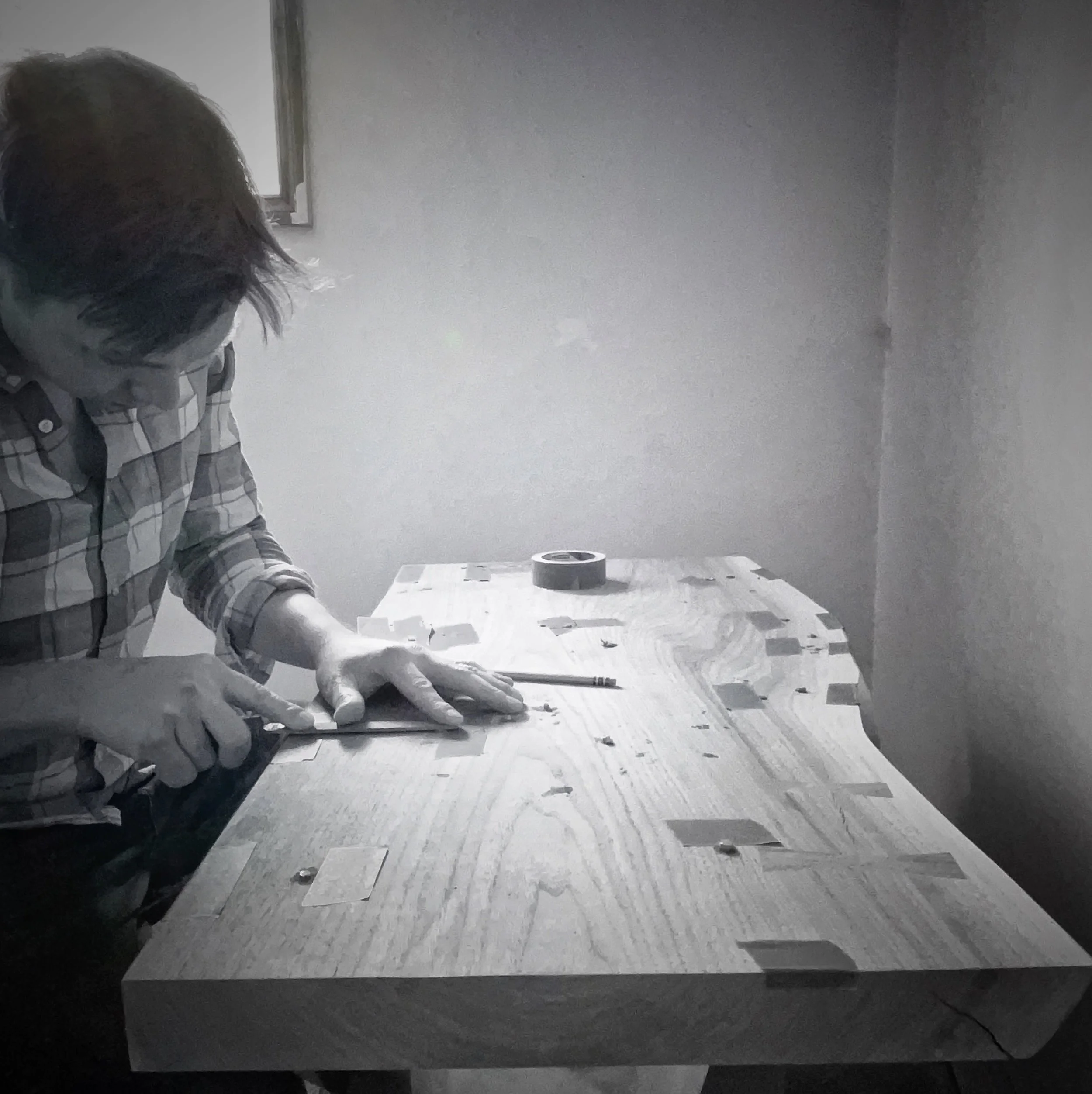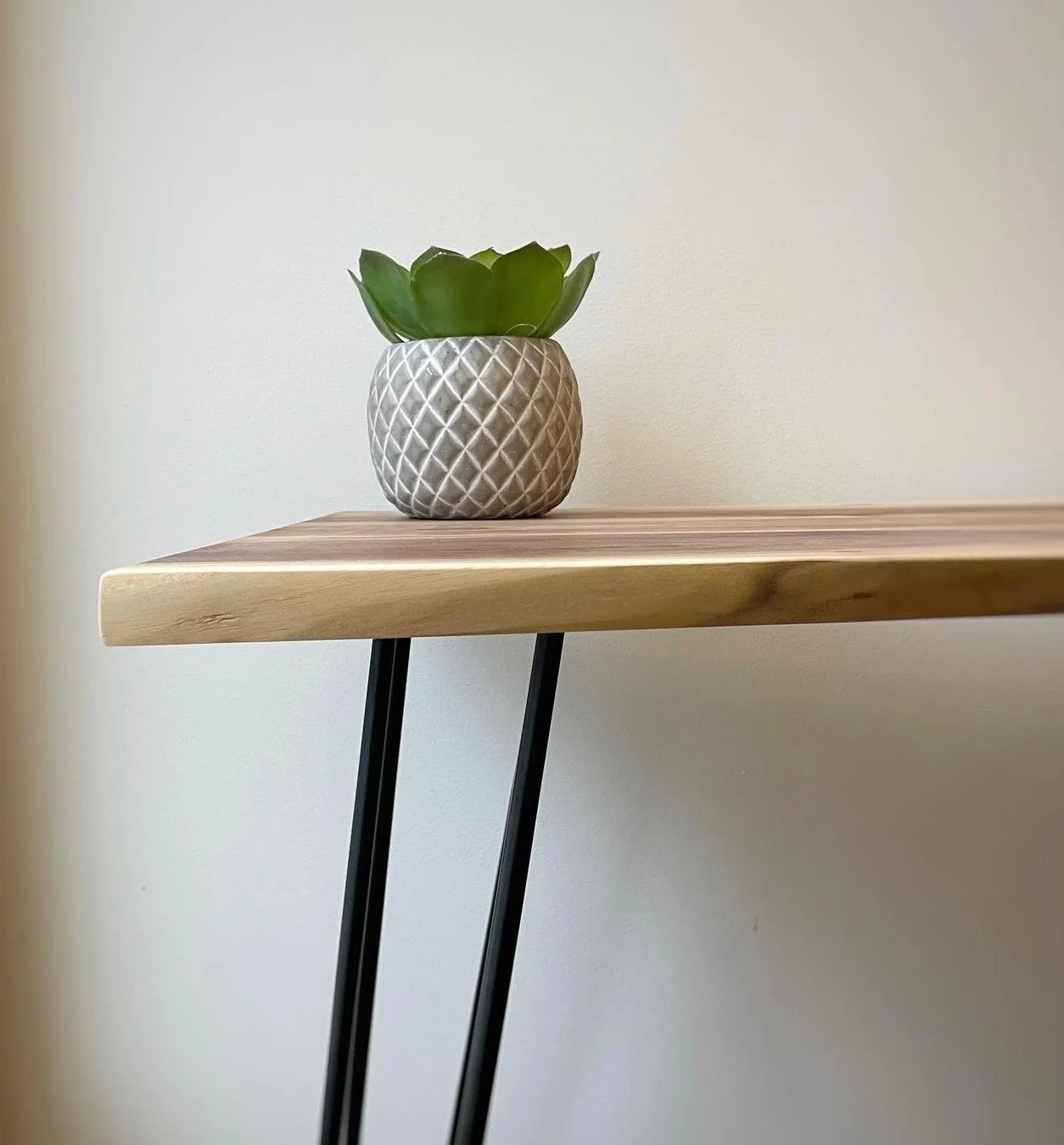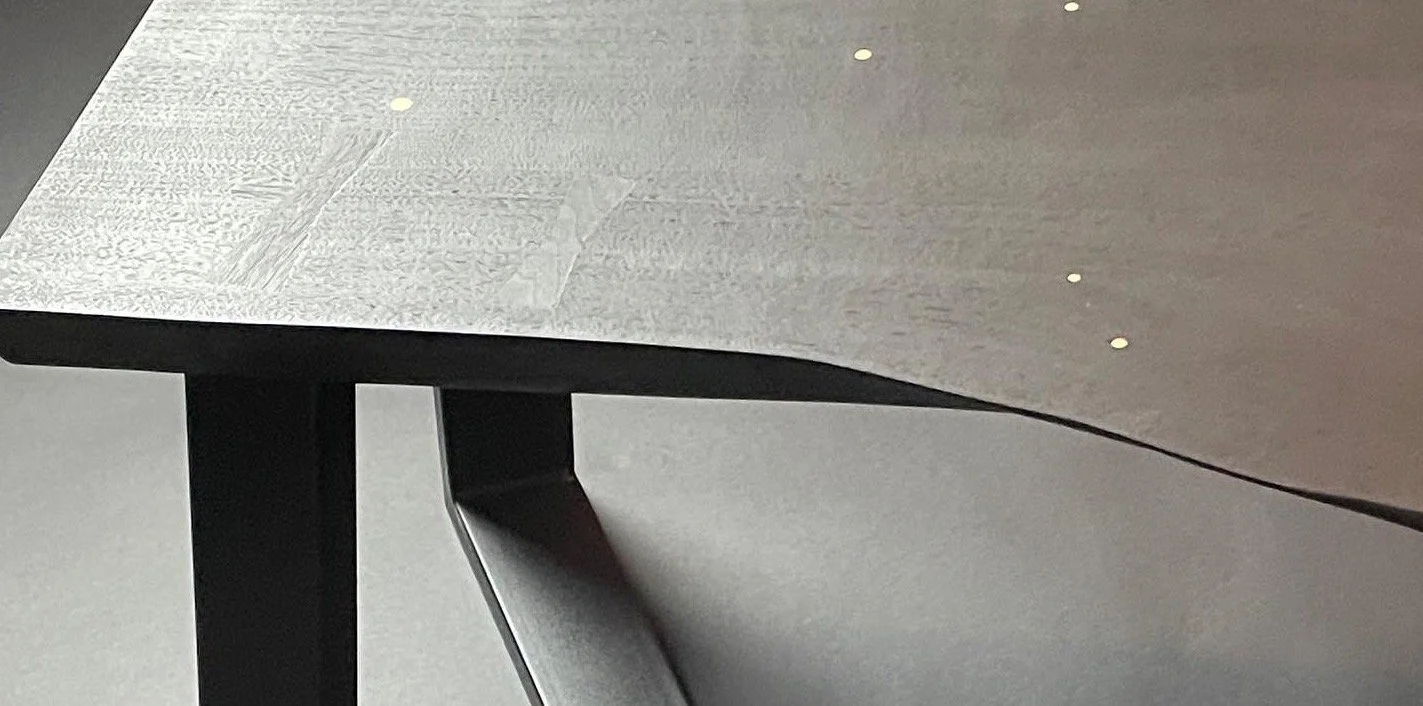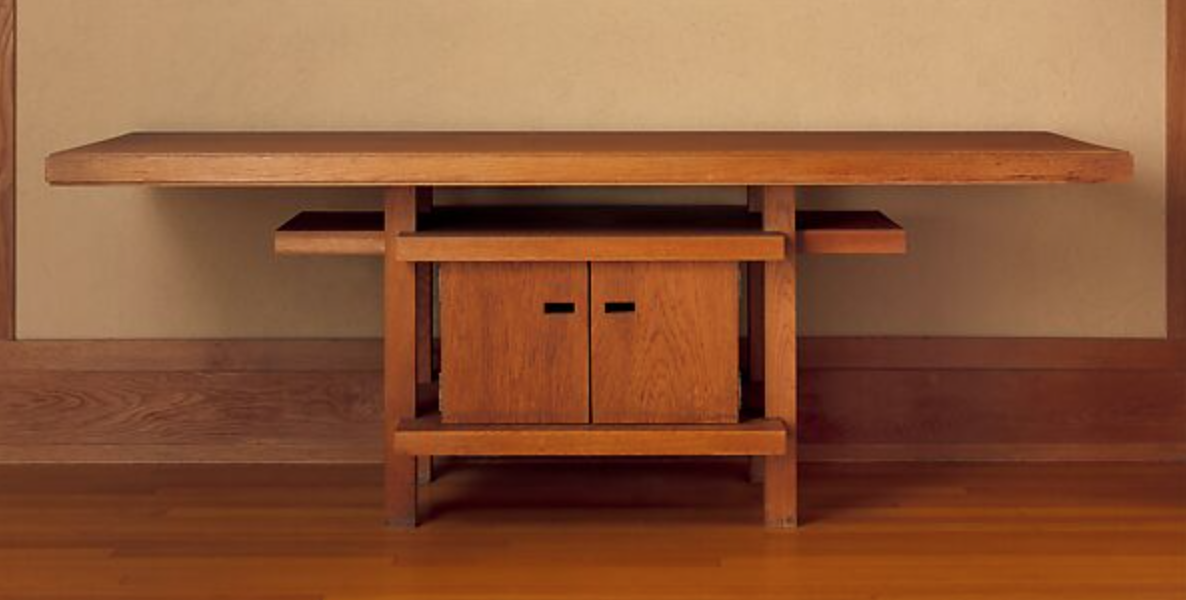8 principles of good furniture design
Black Bear Table Co specializes in custom made furniture in Southern Ontario, Canada.
Furniture is not just about functionality; it is an art form that marries aesthetics, ergonomics, and craftsmanship. Good furniture design goes beyond mere utility; it enriches our lives by creating comfortable, beautiful, and harmonious spaces. Whether it's a chair, table, or a cabinet, every piece of furniture should adhere to certain principles that ensure its quality and appeal. In this article, we will explore the fundamental principles of good furniture design and how they contribute to creating timeless and exceptional pieces.
1. Functionality
The primary purpose of furniture is to serve a specific function. Therefore, good furniture design starts with a deep understanding of the intended use of the piece. Consideration should be given to the ergonomics, comfort, and convenience of the user.
For instance, a chair should provide adequate lumbar support, while a dining table should be at a comfortable height for the average user. Functionality is the backbone of furniture design and should never be compromised.
2. Aesthetics
Beauty is an essential aspect of good furniture design. Aesthetics encompass the visual appeal, proportion, and balance of a piece. Furniture that is well-proportioned and visually pleasing tends to stand the test of time and can complement various interior styles. It's crucial to strike the right balance between form and function – a visually stunning piece that lacks practicality may not be practical in the long run.
3. Material Selection
The choice of materials greatly influences the overall quality and durability of furniture. With regards to wood, different species have different mechanical and visual properties, lending themselves for different purposes.
For example, white oak is extremely strong and resistant to decay, making it ideal for outdoor furniture, or in pieces that require thinner structural elements.
Redwood, on the other hand, while beautiful, is a very soft wood and prone to dents and scratches. This makes it less ideal for a dining table that’s going to take a lot of abuse.
4. Construction and Craftsmanship
A well-designed piece of furniture can only reach its full potential when it is skillfully crafted. The construction process and the level of craftsmanship significantly impact the final product. Precise joinery, attention to detail, and quality workmanship enhance the furniture's strength and durability. Moreover, skilled craftsmanship often adds a level of uniqueness and character to each piece, making it an exceptional work of art.
5. Simplicity and Minimalism
The principle of simplicity advocates for the elimination of unnecessary embellishments and complexities. Minimalistic designs often exhibit clean lines, uncluttered surfaces, and a focus on essential features.
By adopting a minimalist approach, designers can create timeless pieces that retain their appeal for years to come. Minimalism also contributes to the versatility of furniture, allowing it to fit seamlessly into various interior settings.
6. Innovation and Creativity
Innovation and creativity are at the heart of good furniture design. Designers constantly seek new ways to push the boundaries of conventional furniture aesthetics and functionality. The use of innovative materials, techniques, and forms can result in groundbreaking designs that captivate the imagination and challenge traditional norms. However, it's important to strike a balance between creativity and practicality to ensure that the furniture remains functional and user-friendly.
7. Sustainability and Eco-Friendliness
With growing environmental concerns, sustainability has become a critical consideration in furniture design. Responsible designers aim to create eco-friendly pieces by using renewable and recyclable materials. Additionally, sustainable design involves maximizing the product's lifespan and reducing waste during the manufacturing process. By embracing sustainability, furniture designers play a role in preserving the planet for future generations.
8. Timelessness
Truly exceptional furniture design transcends fleeting trends and fads. Timeless pieces possess a classic quality that remains relevant and appealing across generations.
Designers achieve timelessness through careful consideration of form, function, and materials, creating furniture that retains its charm and relevance for decades.
For example this table, designed by Frank Lloyd Wright around 1912—and you’d never know it. It’s clean, simple, well-balanced, yet interesting to look at. Timeless.
Image source: https://www.metmuseum.org/art/collection/search/8088
Black Bear Table Co specializes in custom made furniture in Southern Ontario, Canada.


